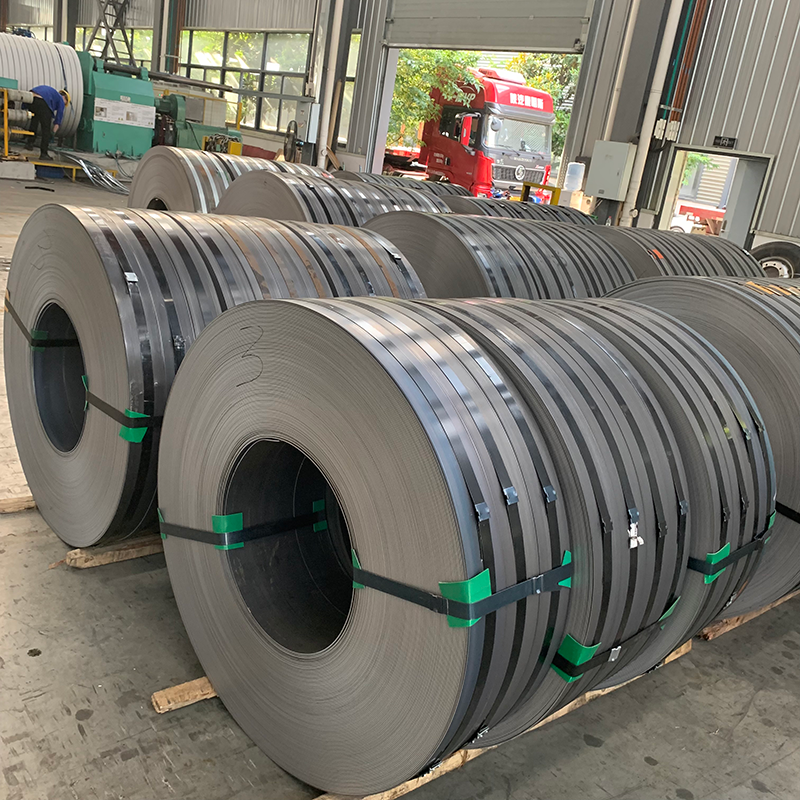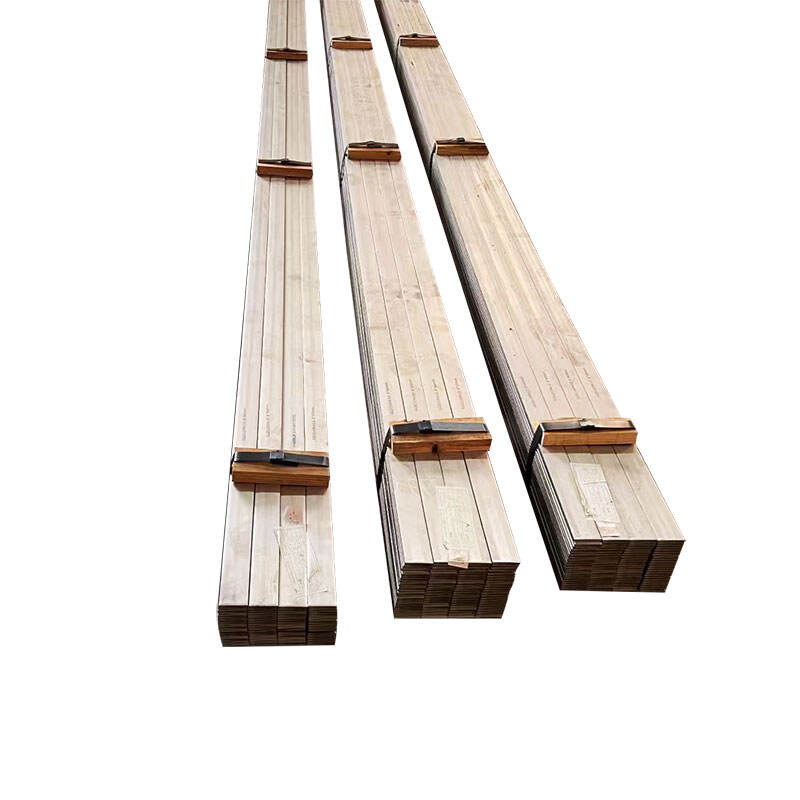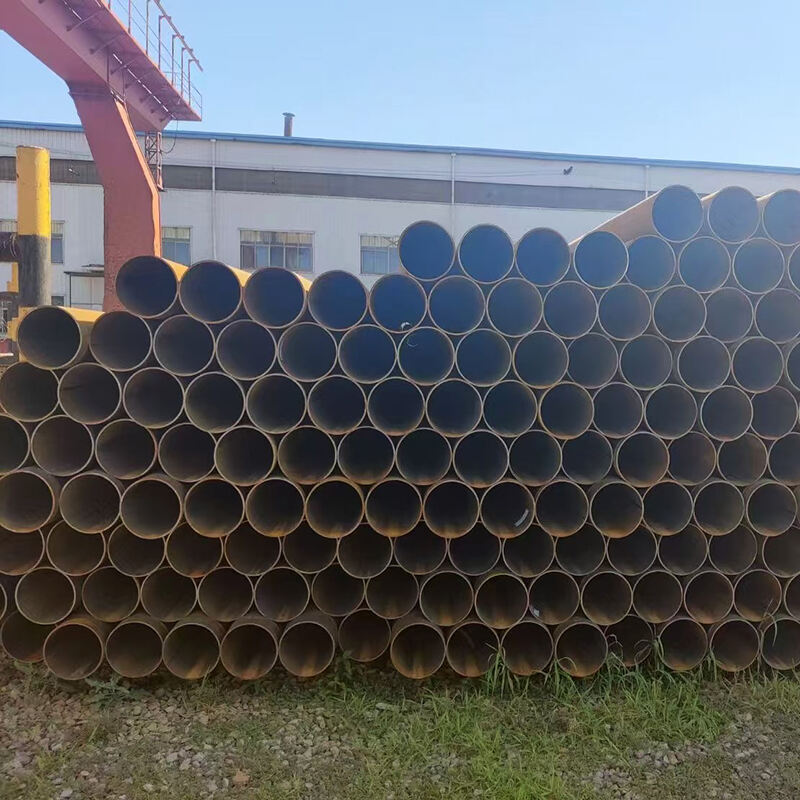how to chose copper sheet
Choosing the right copper sheet requires careful consideration of several key factors to ensure optimal performance and value. Copper sheets are versatile materials widely used in construction, electronics, and artistic applications. When selecting copper sheets, start by determining the required thickness, which typically ranges from 0.5mm to 6mm. The grade of copper is crucial, with C110 being the most common for general applications, offering excellent conductivity and malleability. Consider the temper of the copper sheet, which affects its hardness and workability. Hard temper is ideal for structural applications, while soft temper is better for forming and shaping. Surface finish is another important aspect, with options including bright, matte, or brushed finishes. The sheet size should be selected based on your specific project requirements, considering both the immediate needs and potential waste reduction. Additionally, evaluate the copper's purity level, as higher purity generally means better conductivity and corrosion resistance. Understanding these factors ensures you select the most appropriate copper sheet for your specific application, maximizing both performance and cost-effectiveness.


